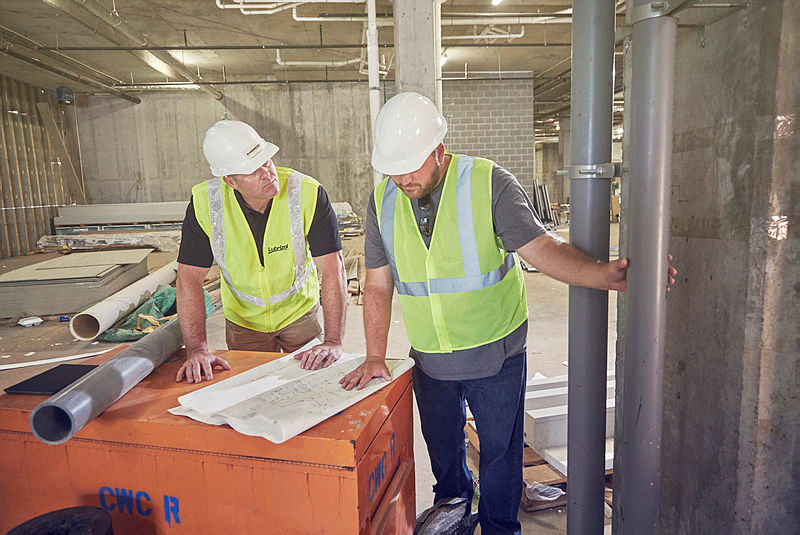Why Fire Sprinkler Systems Are a Must in New Single-Family Homes
New builds can be pricey. With consumers desiring luxury amenities such as granite countertops and custom flooring, they may not want to consider spending money on a fire sprinkler system—but it should be top of mind.
Unfortunately, in most cases, fire sprinkler systems are not installed in homes unless required by law, which is why there is a glaring need for more ordinances and recommendations from builders.
Protecting Lives and Property
Today’s housing materials are highly flammable. 30 years ago, families had an estimated 17 minutes to escape a fire due to slow-burning materials inside the home, but today—thanks to many home goods being manufactured from fast-burning, synthetic materials—that escape time is less than 5 minutes.
3,000 people die each year from fires, according to the Home Fire Sprinkler Coalition (HSFC). The HSFC also reports that installing both smoke alarms and fire sprinklers reduces the risk of death in a home fire by 82%, relative to having neither. For a fraction of a new home’s total building cost, families can be protected from the life threatening effects of fire and smoke while also protecting one of their greatest assets—their home.
A Cry for More Ordinances
Installing fire sprinkler systems is included in the International Residential Code, but it is up to local jurisdictions to adopt fire sprinkler requirements. A majority of the United States still does not require fire sprinkler systems in homes, a testament to how relaxed current national recommendations are.
Local and state governments choosing not to enforce the national standard inevitably results in reactive lawmaking. When families die in their homes due to smoke and fire, outcry following the tragedies encourages lawmakers to employ local regulations that align with the national standard. However, national adoption of these standards as a proactive measure could save many more lives.
Smoke detectors are the current standard in most jurisdictions, but with extreme property damage—and potentially death—occurring in a fire before the fire department even arrives, it is vital that standard evolve to include fire sprinkler systems or that builders and homeowners take the initiative to go beyond what is required in their jurisdiction.
Fire Protection Systems are a Small Cost with Substantial Benefits
Without a fire sprinkler system, damage from a fire can cost families between $3,000 and $25,000, sometimes reaching up to $93,000. Plus, the system protects loved ones and heirlooms inside the home that have no price tag.
Installing a fire protection system in the U.S. costs $1.35 per square foot, on average. With the average home costing $85.65 per square foot, a fire protection system is only 1-2% of the total cost and protects the entire investment.
Installing a BlazeMasterⓇ CPVC fire sprinkler system as opposed to steel can reduce the cost even further while still providing quality protection. BlazeMaster CPVC is 84% lighter than steel, leading to considerable material cost savings. Compared to steel, it is also quicker and easier to install, resulting in additional savings and adherence to tight construction schedules.
To learn more about how much you can save by using a BlazeMaster CPVC fire protection system over steel, download the CPVC vs. Steel: 2018 Cost-Saving Report.
Still have questions? Contact our team of piping systems experts today.


